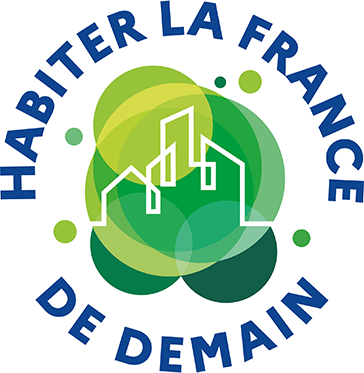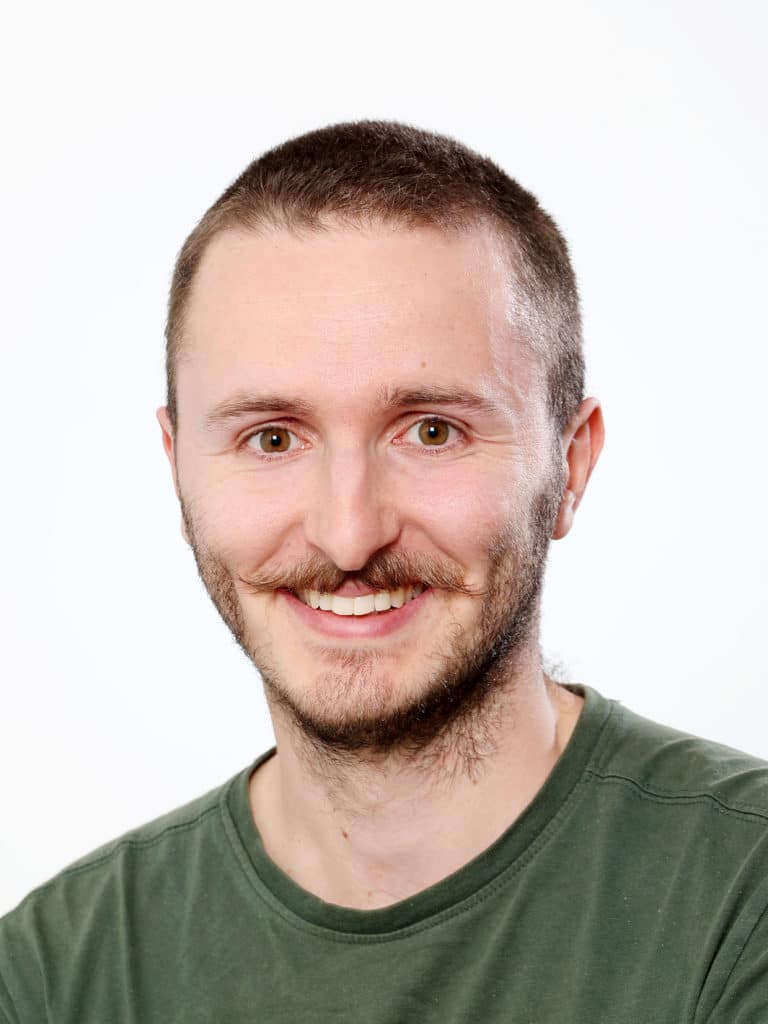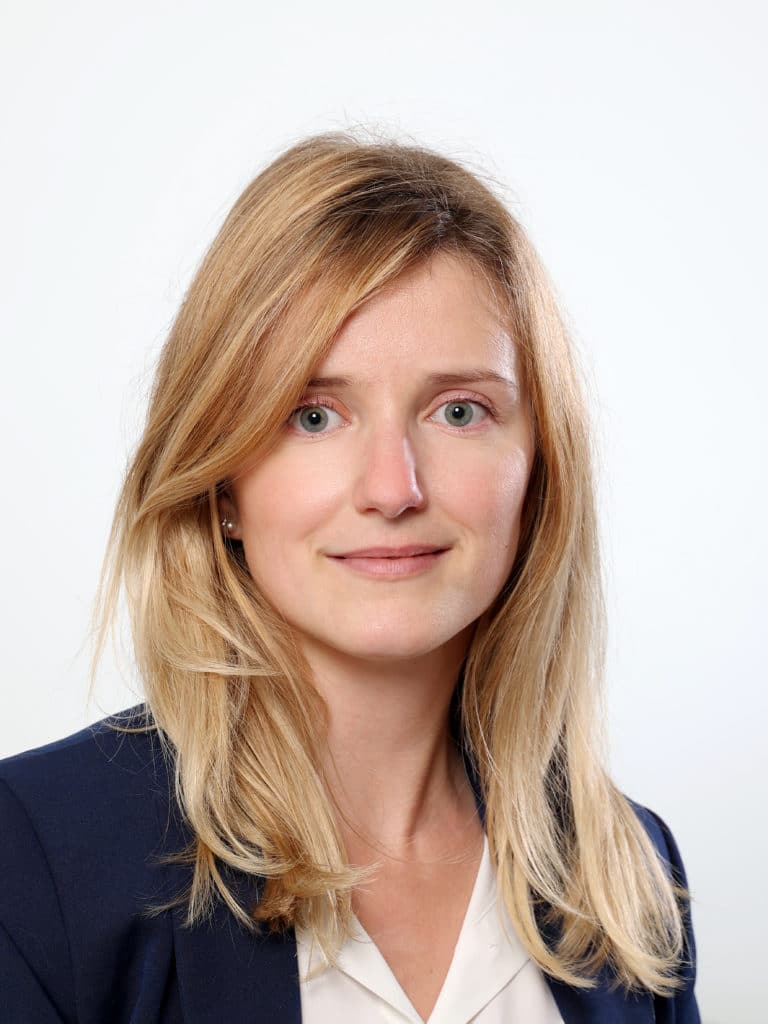L’îlot de l’Ecoparc de Micheville
Une réalisation proposée par Ministère de la transition écologique

Contributeur
Isabelle.MORITZ@developpement-durable.gouv.fr
Jean-marie.Quemener@developpement-durable.gouv.fr
Descriptif
En février 2016, l’Etablissement Public d’Alzette Belval retient la proposition de Linkcity pour développer le tout premier îlot de l’Ecoparc de Micheville : un ensemble de 4 bâtiments proposant 183 logements sur 7700 m2 de surface de plancher. Le projet est composé d’une résidence jeunes actifs (bat A), d’une résidence étudiante (bat B), et de 2 bâtiments de logements sociaux (bat C et D).
Le projet intègre des ambitions élevées : grande performance énergétique, mise en œuvre d’un système constructif innovant mobilisant des éléments de façades à ossature bois préfabriqués en usine intégrant le bardage et les menuiseries extérieures, mixité générationnelle et sociale, hybridation des usages, végétalisation des espaces extérieurs, …
Habités depuis 2018, les bâtiments atteignent une performance thermique allant de RT 2012 -20% à BEPOS Effinergie 2013. C’est la première opération de logement labélisée E+C- dans la région Grand Est.
- Qualité du logement
- Matériaux
- Construction
- Énergie
- Renforcement du lien social et de la solidarité
- Bâtiment
Fiche d'identité
- < 20 000 habitants
Distinctions
Médias
Évaluation du projet*
sur la base du déclaratif du contributeur
Critère n°1 : SOBRIÉTÉ
Le programme a été développé sur le site de Micheville, une ancienne friche sidérurgique en cours de réhabilitation par l’EPA Alzette-Belval. A terme, l’écoquartier de Micheville accueillera près de 2000 logements.
L’ensemble du foncier non construit a été végétalisé (herbe, arbustes, arbres) afin de préserver la végétalisation du site et conserver un corridor naturel pour la faune existante.
Une ACV a été réalisée sur chaque bâtiment. Cela permet de mettre en avant l’utilisation de panneaux préfabriqués en bois ainsi que le bardage bois pour les façades des bâtiments.
Des panneaux photovoltaïques ont été posés sur le bâtiment B, afin de produire une énergie renouvelable et la réinjecter sur le réseau du distributeur. Une cogénération gaz, mutualisée pour les bâtiments A et B permet également de récupérer de la chaleur pour la transformer en électricité. Chaque bâtiment est composé d’un bâti isolé fortement pour limiter les consommations de chauffage (RT -20% minimum).
Le choix des chaudières individuelles gaz pour les logements sociaux permet une logique de sobriété d’entretien et de maintenance pour les utilisateurs.
Pour les résidences, le choix d’un chauffage collectif est aussi dans une logique de faciliter l’entretien pour l’exploitant des bâtiments.
Critère n°2 : INCLUSION
Le projet a été conçu en concertation avec l’EPA et les collectivités locales.
Le projet favorise la mixité sociale et fonctionnelle car il accueille des étudiants, des jeunes actifs et des foyers à faibles revenus.
Deux des quatre bâtiments, soit 52 logements, sont des logements locatifs sociaux gérés par des bailleurs sociaux locaux.
Le taux de fréquentation des résidences et des logements est très élevé depuis la mise sur le marché des logements. Les résidences sont pourvues de locaux mutualisés (salle de petit déjeuner, salle de musculation, laverie, etc) qui sont des services très demandés et appréciés par les usagers.
Les logements ont une consommation énergétique faible, qui est très appréciée pour le budget des ménages.
Critère n°3 : RÉSILIENCE
NC
NC
Critère n°4 : CRÉATIVITÉ
Première mise en œuvre importante du système Panobloc, développé par Techniwood, une entreprise régionale, le projet a permis de faire la démonstration de ce système constructif mixte et innovant sur un projet de grande ampleur.
Le projet a utilisé le BIM pour la réalisation des plans du projet. Pour la construction, les façades ont été réalisées en préfabrication en usine, les panneaux ossature + menuiseries + bardage étant posé au cours de la construction, dans le planning de la réalisation du gros œuvre.
Critère n°5 : POTENTIEL DE RÉPLICABILITÉ
Les bâtiments à énergie positive et à haute performance énergétique sont réplicables à l’échelle du territoire. Chaque projet est spécifique à la localisation et aux énergies disponibles.
Les façades préfabriquées en bois n’ont pas été répliquées. Ayant bénéficié du soutien du Fonds Ville de Demain, ce projet est décrit dans l’explorateur ECOCITE. Une instrumentation a été mise en place pour en vérifier les performances sur le long terme.












